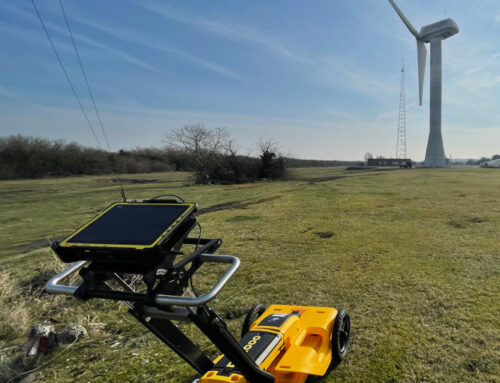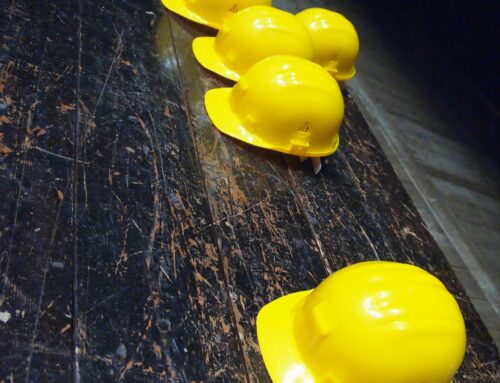Contamination testing is normally a legal requirement/part of the planning approvals process when a potentially contaminated site is being redeveloped. It’s a vital step to understanding whether the land has been compromised, the level of contamination and whether it can safely be developed.
How is Contamination Testing carried out?
To carry out a contamination test, samples of the ground will be taken and tested for any suspected contaminants. There are usually indicators of land being contaminated, for example, unusual or unpleasant odours. There also may be metal pipes or industrial lead which can cause contamination.
Why is Contamination Testing important?
Getting a contamination test provides you with information about whether the land can be safely developed. It is often required for planning permission and is an important step. Failing to get a contamination test carried out when appropriate could result in construction delays and compromise the health and safety of workers.
Can you build on Contaminated Land?
Having contaminated land doesn’t necessarily mean you can’t build on it. We provide a full breakdown of building on contaminated land here.
Contaminated Land
The issue of contaminated land is present in both rural and urban communities. The UK’s government definition of contaminated land is land that has the potential to cause “significant harm to people, property and protected species”.
This definition also takes into consideration the pollution of groundwater, surface waters and radioactivity.
What are Common Contaminants?
Contaminants may include:
- Polychlorinated biphenyls (PCBs)
- Asbestos
- Arsenic
- Cadmium
- Chromium
- Copper
- Nickel
- Zinc
- Lead
- Mercury
- Selenium
- Vanadium
- Cyanide
What is PCB?
Polychlorinated biphenyls (PCBs) were once used extensively across various industries. However, in the early 1980s, the use of PCBs was banned as they were discovered to be extremely harmful due to their carcinogenic properties.
How Are PCBs Tested For?
Like other contamination testing, a sample of soil is collected and sent away to a certified laboratory. If the quantity of PCBs results in the sample needing to be disposed of then this must be appropriately carried out.
Normally the chemicals are disposed of in an incinerator, as specified by The National Association of Waste Disposal Contractors (NAWDC).
Why Choose Your Environment?
- Able to carry out a range of surveys/investigations
- Team of highly qualified professionals
- Package offers to help keep costs low
- Industry-leading equipment
- Quick turn-around
- Jargon-free reports
- Able to offer next-step advice
Find out more about our contaminated land services here.
Conclusion
Need a contaminated land test? Contact us here to talk to a member of our team or request a free, no-obligation quote.



